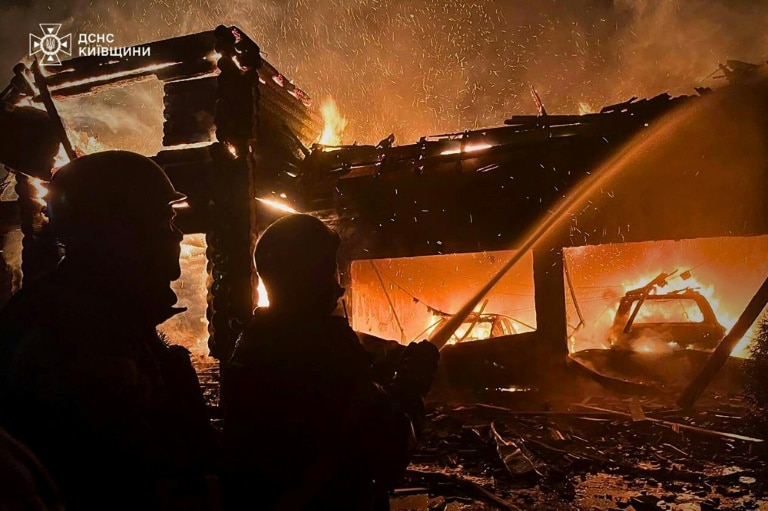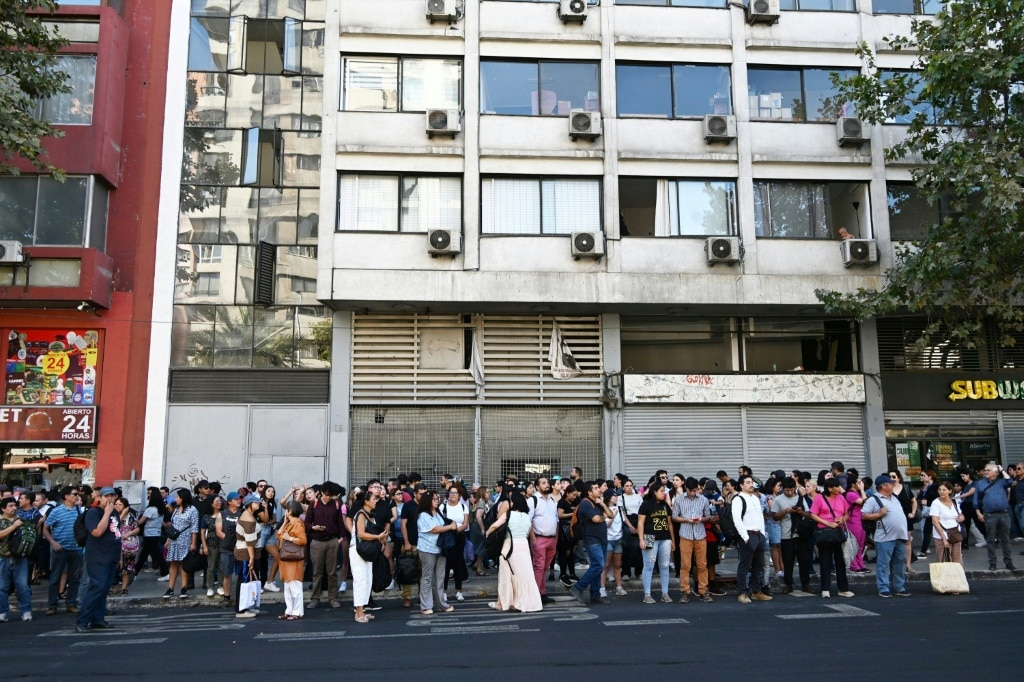MP slams cops for ‘bungled’ investigation into Beaumont children missing nearly six decades
An MP has slammed officers for failed excavations as the final search for the three Beaumont children, missing for nearly 60 years, enters its third day.
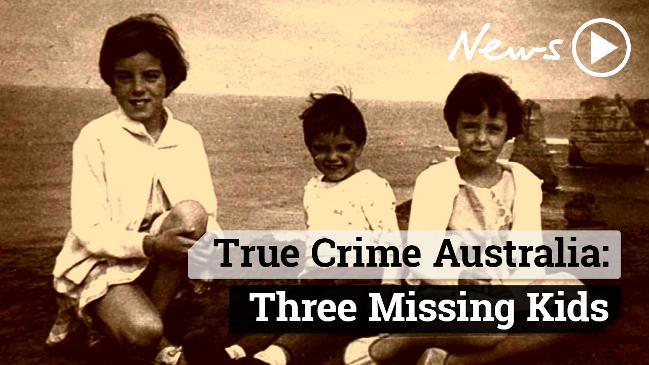
Breaking News
Don't miss out on the headlines from Breaking News. Followed categories will be added to My News.
An independent MP has slammed previous searches of the former Castalloy factory for not being thorough enough, as a renewed search for the missing Beaumont children entered its third day, nearly six decades after their disappearance.
Excavators commenced the last ditch effort at digging up the old Castalloy factory in North Plympton, Adelaide, as part of a week-long excavation process in the hope of locating the three children who disappeared almost six decades ago.
On Wednesday, excavators made a startling discovery after a resident who lived across from the former Castalloy factory made fresh claims about the site.
Mr Panagllo was joined at the site with true crime author Stuart Mullins, former SA detective Bill Hayes and University of Adelaide Professor Maciej Henneberg.
Speakingto reporters on Wednesday, independent MP Frank Pangallo said he had received “hundreds” of emails from the public with information about the missing children, adding it would be “very difficult” to obtain further evidence from witnesses who were present at the time of the childrens’ disappearance, due to “the passage of time”.
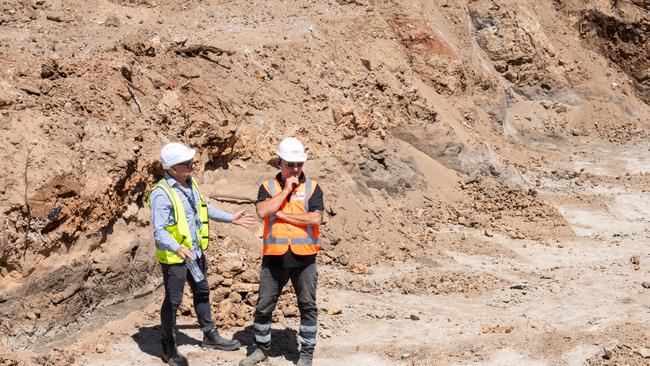
Previous excavations of the site in 2013 and 2018 were also slammed, with Mr Pangallo claiming police officers hadn’t given enough consideration to evidence provided.
A first excavation of the SA factory site was conducted in 2013 after claims two boys were paid to dig a hole in the area days after the children disappeared.
In 2018, a second excavation of the former factory site took place, with detectives only able to locate animal bones.
“The police haven’t taken the circumstantial evidence that has been collected ... seriously enough,” he said.
Mr Pangallo argued the excavation was not deep or “comprehensive” enough to produce any evidence.
“They ... dug down about a metre, two metres, found some animal bones and thought ‘that’s it, we’re going away, there’s nothing here’,” he said.
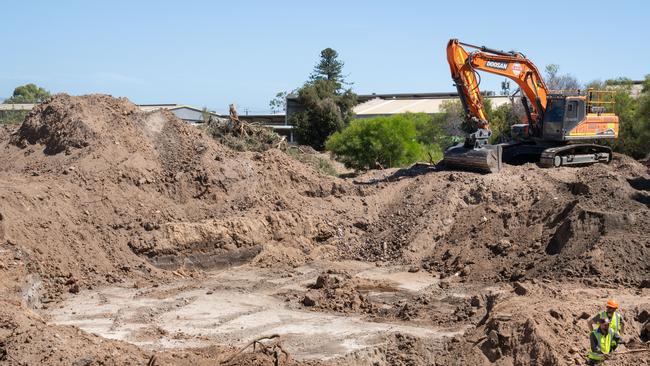
Earlier this week, workers discovered what first appeared to be a slab of concrete, raising alarms from detectives.
However, it was later confirmed the slab was cement stabilised sand, which had likely been “added after 1966”.
Mr Pangallo, who has been assisting with the dig, told The Advertiser the new revelation had been “sensationalised” and was “nothing to get excited about”.
Siblings Jane, nine, Arnna, seven, and four-year-old Grant were last seen at Glenelg Beach on January 26 1966.
The eldest daughter was entrusted to supervise her two younger siblings as they made their way to Glenelg Beach, which was approximately five minutes from their home.
The children visited the nearby Wenzel’s Bakery about midday, where they bought lunch with a £1 note - more than their mother claimed to give them.
Witnesses claim they saw the children playing at Colley Reserve with a man described as thin, blonde and in his 30s.
The bakery assistant also claimed they heard the children speaking about “the man”.
The three children did not make it home and their remains have never been found.
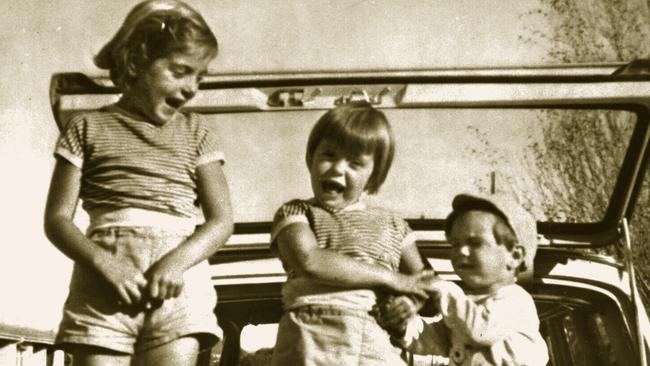
Businessman Harry Phipps, who lived 300m from Glenelg Beach and previously owned the Castalloy factory, is considered the prime suspect.
Mr Phipps died in 2004.
It’s understood a few days after the childrens’ disappearance, the former factory owner tasked two young brothers David and Robin Harkin to dig a grave-like hole on the land.
The brothers have revisited the former Castalloy factory as part of the new excavation search.
At the time, a neighbour claimed to have witnessed the two boys digging in the factory site, which they were told would be the burial spot for a “big dog”.
“We didn’t want to become involved in any of it, so we just let it slide, which we probably shouldn’t (have),” the man, who wishes to be anonymous, told 9News.
“I actually saw the two young fellas digging the hole and the older gentleman, or whatever you call him, sitting in his car with the door open watching them dig.
According to the two boys, they were “digging a hole to bury a dog, a big dog”.
“I thought to myself ‘it must be a big dog’,” the man said.
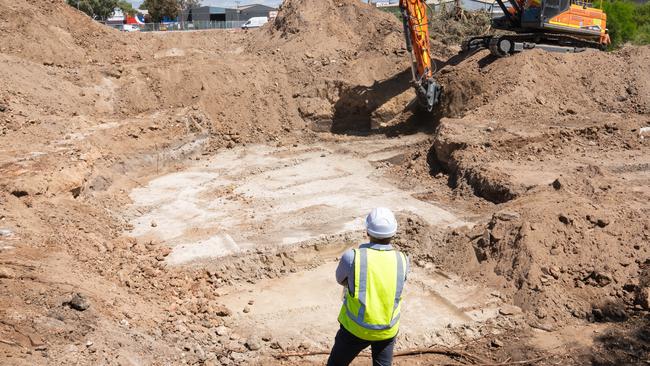
Speaking to reporters, Mr Pangallo said the initial investigation was “bungled”, with many witness reports not being recorded and claimed a “lot of vital information has been missed”.
“Who knows where those people are now and what happened,” he said.
“It’s going to be very difficult to have a lot of people who are still around at that time come forward with statements.”
Mr Pangallo also said Mr Phipps had another connection to the children, revealing Mr Phipps had been married to a cousin of the childrens’ father.
“That hasn’t been previously known and it’s another link in this case that shows Mr Phipps could have known the Beaumont kids and the family,” Mr Pangallo said per The Advertiser.
“It’s another piece of circumstantial evidence that points to (Mr Phipps) being the prime suspect … we of course did verify that fact with family members and others that knew them.”
The search began on Saturday and is expected to last until March 1.
This is the last time detectives will have a chance to excavate the site, which is government-owned, until it is sold off to developers.
Other areas of the site had previously been excavated in 2013 and 2018.
Originally published as MP slams cops for ‘bungled’ investigation into Beaumont children missing nearly six decades

